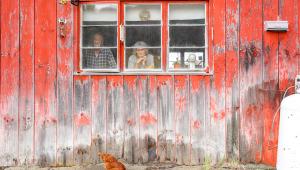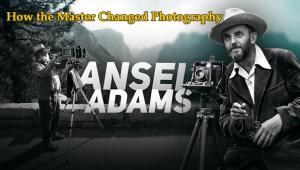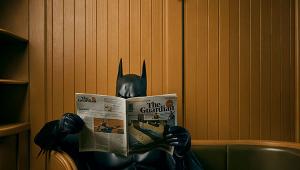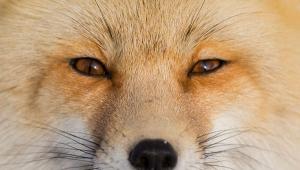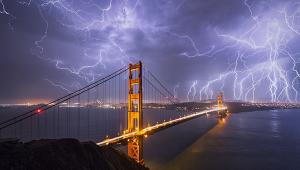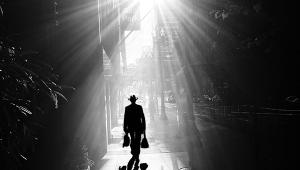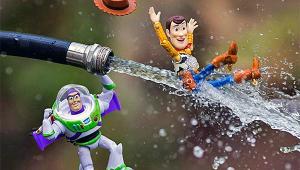Nature Lover: An Interview with Natural History Photographer Michael Turco

Michael Turco is a nature and natural history photographer who has done work for some of the biggest names in the business including the National Geographic Society and National Wildlife Federation.
Turco specializes in photographing amphibians, birds, insects, mammals and reptiles and has traveled throughout much of South America, Africa and Indonesia. We caught up with this Florida-based photographer and interviewed him about what it takes to capture the natural world in images.
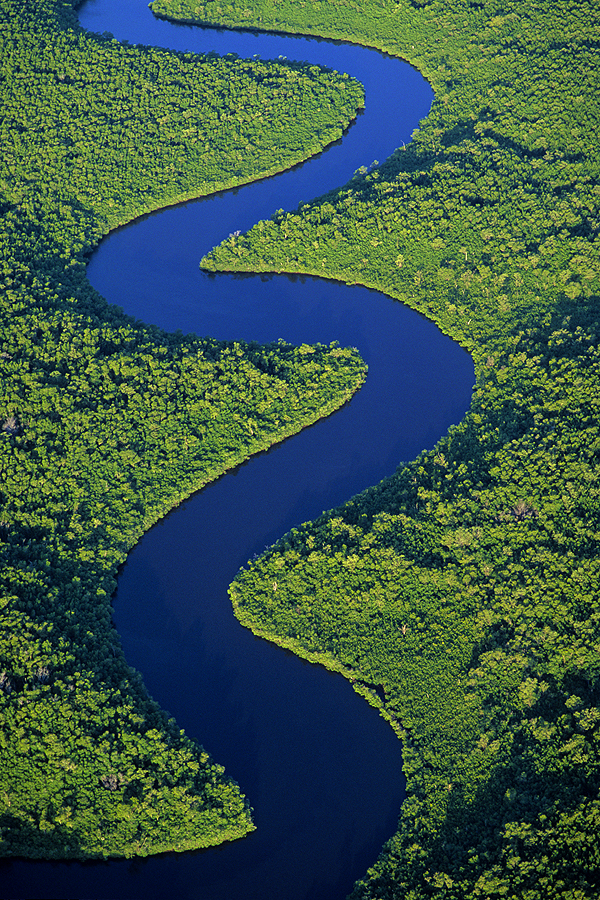
Shutterbug: When and how did you first become involved in photography?
Michael Turco: In 1990 I was recovering from a long illness. I started photographing nature subjects while benefiting from the exercise associated with the craft. A year later I was in good physical condition and had learned my way around a camera. I shared my pictures with family and friends who were always very complimentary about the images. I thought they were just being kind but eventually I started showing my work to other people and received the same reaction. I joined a local photography club and won competitions then entered Sierra magazine’s annual photography contest and won 2nd place in black-and-white landscapes. I continued to hone my skills and eventually found myself at a crossroads: head back to Los Angeles and pick up my career as a musician (which had been on hold for almost three years), or pursue a career in nature photography. I choose the latter.

Shutterbug: You continued to use 35mm film after many had converted to digital. Do you still feel film is better?
Turco: No. For me the wonderful medium of film is now left to the people who use it as a creative tool for their personal expression. I did not want to switch to digital until its quality surpassed film. For me that happened in 2008 when 20-megapixel, full frame cameras were released.
I switched to digital in 2010 but my extended wait had more to do with meeting requirements of the publishing industry and personal economics than anything else. I needed to sell my entire existing camera system and reinvest in another manufacture to move forward into digital. That took time and a significant reinvestment.

Shutterbug: Tell us about the photo(s) that you feel is the most significant work you have done to date.
Turco: Creating the first photographs of a wild adult male simakobu monkey (Simias concolor) involved an amazing adventure. Photographing a black subject that is 90% arboreal on a dense rainforest island covered in hills and ravines with over 600 inches of annual rainfall was a challenge.
I arrived at a small village a day away from the forest research house to meet up with a researcher. She told me her protected forest had been illegally logged. Her three study groups were gone and she could only find a small group of three bachelor males. Eventually we arrived at the forest house and found a tree had fallen, taking out most of the roof and other parts of the house. On my first day in the forest we found the bachelor group but suddenly a fight ensued and each ran off in different directions. From then on we would only find two of the three monkeys and never together. Two of my three film camera bodies died in the first week, my carbon fiber tripod center column snapped the first time I mounted my 600mm f/4.
Breaking the fall of the lens caused a gash to my finger and as it tumbled to the ground I managed to further break the fall with my foot. The lens was okay, me not so much. I was carrying several hundred rolls of film in a lead film bag. The rolls were wrapped in groups of 20 and sealed inside heavy duty plastic bags. One day after working in the forest I arrived at the house and found my film bag sitting on a table in the middle of the room, the bag clip was removed, the top of the bag was open and facing up, and above it no roof. While cleaning one of the assistants had moved the bag. She was alarmed when the clip came off, not knowing what to do she simply put the bag down. It rained during the day and several inches of water filled the bag bottom. Nicks in the plastic bags from my long journey allowed the sitting water to penetrate inside ruining sixty rolls of unexposed film. It was the trip from hell in paradise, exhilarating, wonderful, and difficult.

Shutterbug: Please describe some of the work you’ve done lately—especially the National Geographic Kids covers.
Turco: Most recently I have been photographing Florida wildlife and landscapes. My last trip outside the US was to Costa Rica to photograph rainforest frogs. It was all night work which is interesting, especially when you are in a new unfamiliar environment. I have a return trip planned to continue that project. The pictures from my recent National Geographic Little Kids (September/October) and Kids (October) covers were pulled from past work. The Kids cover was photographed in the Peruvian Amazon.
The Little Kids cover shows a nine-month-old chimpanzee who was playing with grass, tossing it over his head, smiling, laughing, basically just being a child and having fun. I was fortunate to be there to capture that moment in time but then again I spent many days photographing this troop of chimpanzees.
Shutterbug: What advice do you have for young people just getting started in photography and aspire to pursue it professionally?
Turco: Reconsider your career decision. A career in the arts has never been easy and it is not getting easier. Pursuing this career path is an economic gamble that each person must decide for themselves with long term financial ramifications that can be life changing. The potential economic downside should be weighed against your desire to pursue a career in arts.
If you decide to pursue a career in photography then learn your craft. The camera is a tool; learn how to use it to interpret what you see, creating images as you see them in your mind—what we call visualization. Find your passion, whatever it is, that is where you are most likely to excel. If you find it, there are two sure fire ways to get people to notice your work. Show them something they have never seen before or something they have seen before in a way previously unseen. Take creative control, conceptualize, visualize, test, and when your test is successful create the images that represent your interpretation of the world around you. This is where I would start, with the art, and it is where the artist should always return throughout their career, to the well that is the foundation of their creativity.
You can see more of Michael Turco’s work at www.agpix.com/michaelturco and contact him directly at mike@michaelturco.com.
—Jon Sienkiewicz




